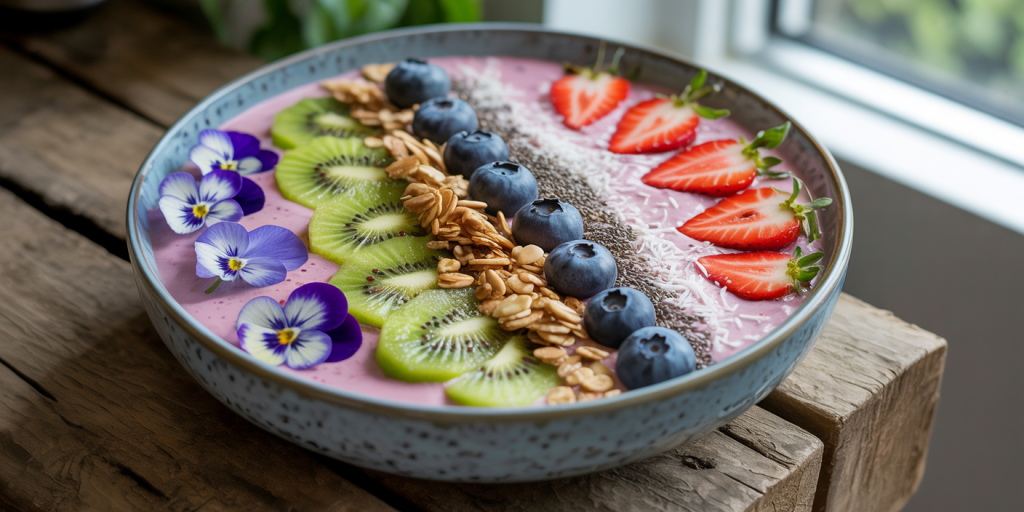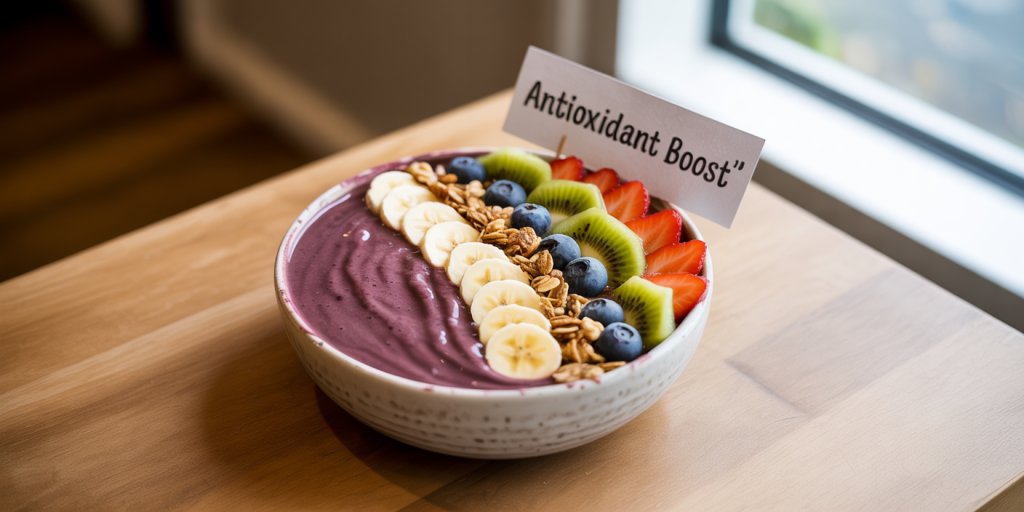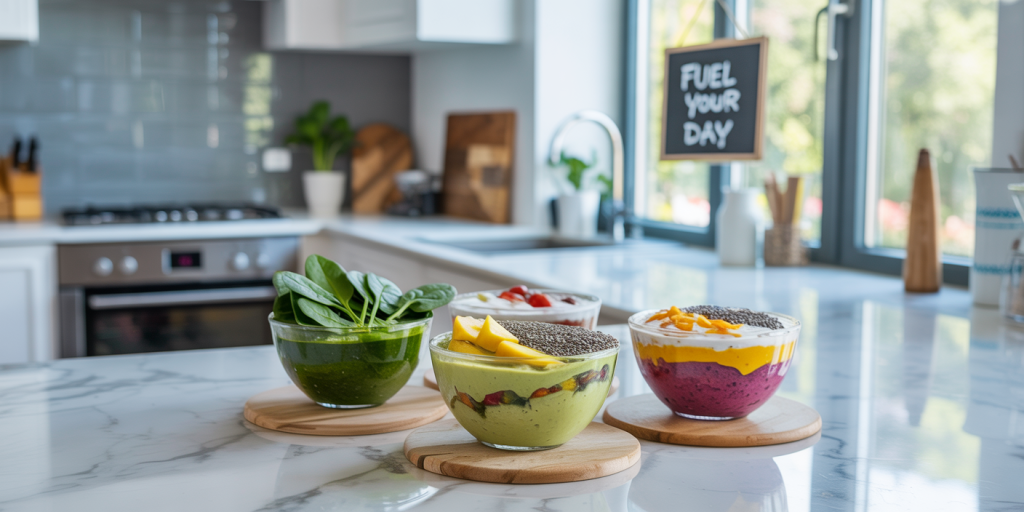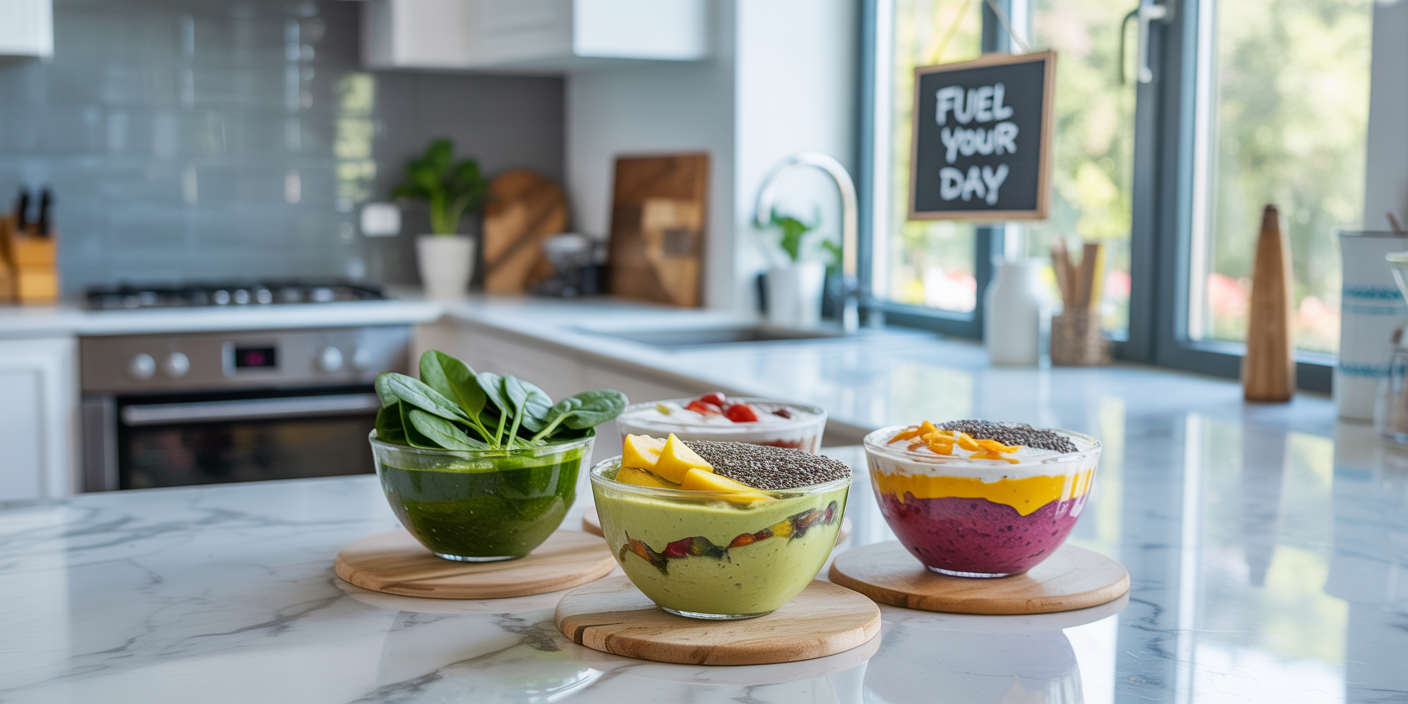Breakfast smoothie bowls have become a quintessential part of the modern health-conscious diet, combining nutrition, visual appeal, and convenience into one delightful dish. In recent years, their popularity has surged globally, propelled by social media platforms like Instagram and Pinterest, where beautifully crafted food bowls serve as captivating content. But these vibrant creations are more than just eye candy—they deliver substantial health benefits and satisfy various dietary needs. Exploring how smoothie bowls are designed, prepared, and enjoyed offers meaningful insight into why they are an exceptional breakfast choice for many.
With approximately 89% of consumers stating they are more likely to try visually appealing food according to a 2023 survey by Food and Nutrition Magazine, smoothie bowls perfectly capitalize on this trend. This article will dissect the components of breakfast smoothie bowls, delve into popular recipes, evaluate their nutritional advantages, compare them to traditional breakfasts, and highlight future possibilities within this rapidly evolving food category.
What Defines a Breakfast Smoothie Bowl?
Smoothie bowls blend the creamy texture of smoothies with the crunchy goodness of various toppings, creating an interactive eating experience. Unlike traditional smoothies consumed through a straw, smoothie bowls provide a thicker base—typically made with a combination of fruits, vegetables, yogurt, and plant-based milks—that can support a rich range of solid toppings.
These toppings often include granola, nuts, seeds, fresh fruits, and superfoods such as chia seeds or goji berries. The customizable nature allows individuals to tailor these bowls to their dietary preferences, whether vegan, gluten-free, keto, or paleo.
A practical example is the classic Acai Bowl, widely celebrated for its deep purple hue and antioxidant profile. According to a 2022 study by NutriFacts, Acai berries contain antioxidant levels equivalent to 10 times blueberries and contribute significantly to heart health. This bowl typically includes frozen acai pulp blended with bananas and almond milk, then topped with sliced fruits and granola. The rich antioxidants combined with fiber and healthy fats make it a balanced and energizing breakfast option.

Popular Smoothie Bowl Recipes and Their Visual Appeal
The aesthetics of a smoothie bowl are as important as its taste. Many chefs and home cooks focus on arranging ingredients to create vibrant color contrasts and symmetrical patterns. For example, a mango and turmeric smoothie bowl usually has a golden-yellow base contrasted with vibrant red pomegranate seeds and green kiwi slices, highlighting complementary colors that appeal to the visual senses.
Another example is the Green Power Bowl, which incorporates spinach, avocado, and spirulina to create shades of emerald. Topped with toasted coconut flakes and hemp seeds, this bowl is both nutrient-dense and visually striking, appealing to those seeking a nutrient-rich start to their day.
In catering contexts, smoothie bowls are growing in popularity as Instagrammable food items, helping cafes drive foot traffic. According to a 2023 report from FoodService Insights, stores focusing on smoothie bowl offerings saw a 15% increase in morning sales versus those offering only traditional breakfasts.
Comparative Table of Popular Smoothie Bowl Recipes
| Smoothie Bowl | Main Ingredients | Visual Characteristics | Nutritional Benefits |
|---|---|---|---|
| Acai Bowl | Acai pulp, banana, almond milk | Deep purple, rich textures | High antioxidants, rich fiber, heart health |
| Mango Turmeric Bowl | Mango, turmeric, coconut milk | Bright yellow, colorful toppings | Anti-inflammatory, high vitamin C |
| Green Power Bowl | Spinach, avocado, spirulina | Emerald green, contrasting seeds | High in antioxidants, fats, protein |
| Berry Bliss Bowl | Mixed berries, Greek yogurt | Purple and red hues | Vitamin C, protein, probiotics |
These examples highlight the diverse approaches to flavor and presentation, demonstrating that with the right ingredients, smoothie bowls can cater to a wide audience while retaining their visual intrigue.

Nutritional Advantages of Breakfast Smoothie Bowls
Smoothie bowls provide a concentrated source of essential nutrients in a convenient format. Unlike some traditional breakfast foods that can be high in refined sugars or saturated fats, smoothie bowls emphasize nutrient-dense whole foods that boost digestion and sustained energy levels.
A 2023 study from the Journal of Nutrition reports that breakfasts rich in fruits, nuts, and seeds, similar to smoothie bowls, improve satiety and reduce calorie intake during later meals by up to 20%. This makes smoothie bowls not only a nourishing choice but also a valuable tool in weight management.
For example, incorporating chia seeds—a favored topping in smoothie bowls—provides omega-3 fatty acids, fiber, and protein. A single tablespoon contains nearly 5 grams of fiber, equating to 20% of the daily recommended intake. This fiber regulates bowel movements and aids in cholesterol reduction. Similarly, Greek yogurt bases contribute probiotics, enhancing gut health, as supported by the 2022 Gut Microbiome Report.
Furthermore, smoothie bowls allow the easy inclusion of superfoods, often difficult to incorporate in standard meals. Ingredients like spirulina and matcha provide antioxidants and anti-inflammatory benefits that support immune function and mental alertness.
Comparing Smoothie Bowls with Traditional Breakfasts
In terms of time efficiency and health outcomes, smoothie bowls compare favorably against many traditional breakfast options such as pastries, cereal, or bacon and eggs. Traditional breakfasts may contain high quantities of added sugars, unhealthy fats, or lack adequate fiber. Meanwhile, smoothie bowls balance macronutrients and micronutrients thoughtfully.
| Criteria | Smoothie Bowls | Traditional Breakfasts |
|---|---|---|
| Preparation Time | 5-10 minutes | 10-20 minutes |
| Nutrient Density | High (fruit, fiber, protein) | Varies, often lower fiber |
| Visual Appeal | Highly customizable and colorful | Generally less vibrant |
| Satiety | Higher (due to fiber, protein) | Often lower, leading to snacking |
| Suitability | Vegan, gluten-free options readily available | Less adaptable to all diets |
This table reflects why smoothie bowls have become a staple for busy professionals and health enthusiasts. Their ease of preparation, combined with high satiety levels, offers a viable alternative to heavier or less balanced breakfasts.

In real-world application, a 2023 corporate wellness program reported a 30% increase in employee satisfaction and alertness mid-morning when smoothie bowls replaced traditional office breakfasts for three months.
Tips to Create Instagram-Worthy Smoothie Bowls at Home
Creating a smoothie bowl that is both delicious and visually stunning starts with fresh, colorful ingredients and textural contrast. A key practical tip is to use frozen fruit chunks to achieve a thick base that holds toppings without sinking.
Arranging toppings requires a balance of symmetry and variety. For example, alternating slices of kiwi with strawberries around the bowl’s edge creates a pleasing border, while a cluster of granola and nuts in the center adds texture variety. Utilizing edible flowers and powders like matcha or cocoa can elevate the bowl’s aesthetic further.
Home user Jasmine Lee, a food blogger with over 100,000 followers, revealed that her tutorial on smoothie bowl layering increased her blog traffic fourfold in 2023, proving that consumers cherish detailed, instructive content. Sharing such tips capitalizes on the growing trend where presentation drives consumption.
Emerging Trends and Future Perspectives for Smoothie Bowls
The future of breakfast smoothie bowls looks promising, bolstered by growing consumer demand for plant-based, nutrient-rich, and visually appealing meals. Recent innovations include the integration of personalized nutrition, where bowls are tailored based on individual metabolic profiles using AI algorithms.
Technological advancements are also enabling sustainable ingredient sourcing, such as algae powders and cultivated fruits, to reduce environmental impact. A report by Global Food Trends 2024 forecasts the smoothie bowl market to grow at an annual rate of 12%, reaching a value of $3 billion by 2028.
Moreover, emerging food delivery services are incorporating smoothie bowls into their menus, emphasizing convenience without compromising quality. Meal kit subscriptions increasingly include pre-portioned smoothie bowl packs with instructions to ensure perfect, fresh meals every morning.
In summary, breakfast smoothie bowls represent an exciting fusion of nutrition, artistry, and convenience. As consumers become more conscious of what they eat and how it looks, the continued evolution of smoothie bowls will satisfy both the palate and the eye, making them a cornerstone of future breakfast habits.

Deixe um comentário